
Movies and TV shows often portray the Renaissance more glamorously than it was. This resulted in our perceptions of that period being rooted in myths and out-of-place details portrayed to us by the media. Are you curious to learn the reality of the Renaissance? Let’s help break it down for you. Here are 20 misconceptions everyone should know about.
Knights Wore Shining Armor
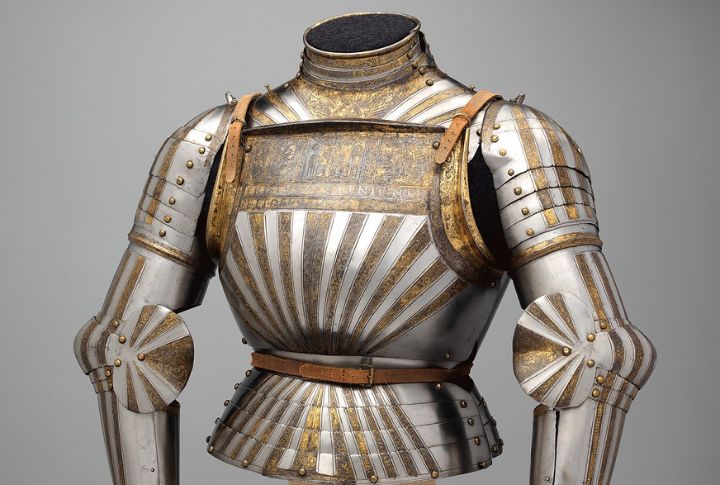
Knights in the Renaissance didn’t usually wear shiny armor into battle, unlike what we see in movies. By the late 1500s, guns had made heavy armor useless. The fancy metal suits were mostly ceremonial rather than used for fighting. Authentic battle gear was simpler and designed for easy movement, prioritizing function over appearance.
They Believed That The Earth Was Flat

Contrary to popular belief, the idea that the Earth was flat was largely abandoned by educated Europeans well before the 15th century. Classical Greek scholarship had established that the Earth is round, and navigators of the early exploration era relied on globes for voyages. Even Columbus’ voyage followed accepted science, not a flat Earth myth.
Witch Hunting Was A Common Practice
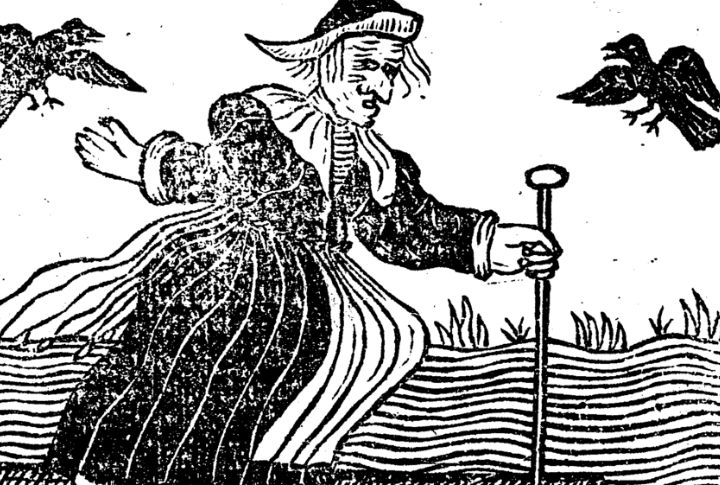
Witch hunts were rare during the Renaissance and only became common in the latter half of the period. Thinkers like Erasmus opposed superstition, and the era’s focus on learning clashed with the fear of witches, magic, and the unknown. As a result, the ideologies that fueled witch hunts and mass hysteria did not exist till much later, around the 1600s.
Yelling “Eureka!” In The Streets

In the Renaissance period, scholars used Latin and local languages more frequently than ancient Greek. The famous phrase “Eureka,” used to express excitement over an invention, originated with Archimedes, who lived long before the Renaissance. Most scientists of the time recorded their discoveries in journals and meticulous notes rather than loud public announcements.
Renaissance People Didn’t Bath
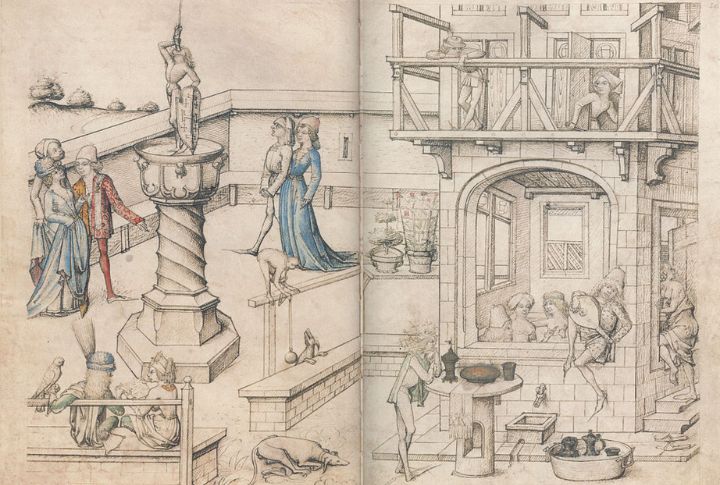
Cleanliness during this time was more detailed than what people know. European cities had public bathhouses, while the affluent even had private baths. The notion that people in the Renaissance period were always dirty came from the Victorians, who defined hygiene through a moral lens. However, it doesn’t accurately reflect reality.
Women Weren’t Active In Science And Art
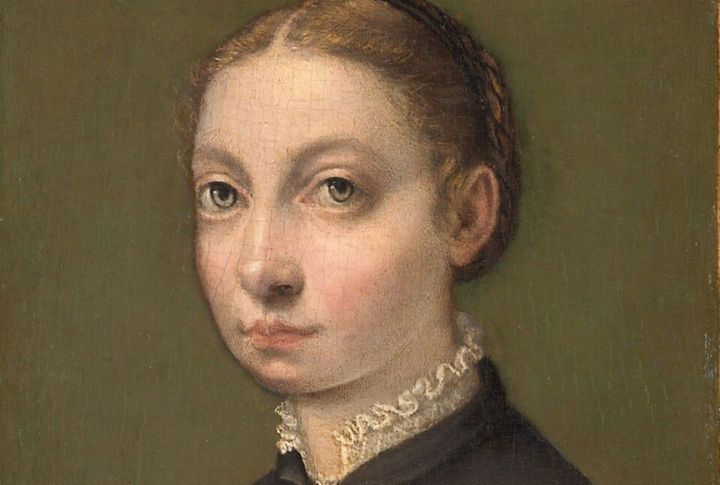
Women played a more significant role in Renaissance science and art than is commonly acknowledged. Pioneers like Sofonisba Anguissola in painting and Laura Bassi in physics left behind lasting legacies. Although social discrimination persisted, some women also earned court appointments and university roles. Modern portrayals frequently overlook this fact.
Galileo Was Executed By The Church
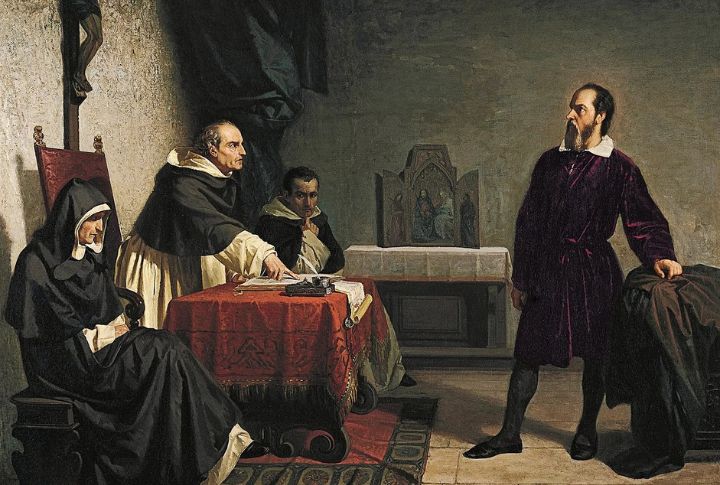
Contrary to popular belief, Galileo was sentenced to lifelong house arrest instead of execution. Despite this, he continued to write and experiment in secret. His work was censored, but his curiosity never stopped. As a result, Galileo’s ideas continued spreading, and his influence on future scientists survived long after the Church attempted to silence and control him.
Renaissance Fashion Was Not Wildly Colorful
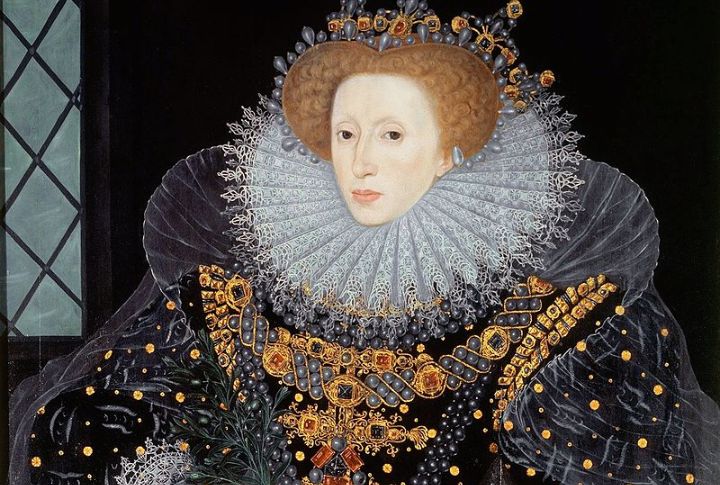
Colorful clothing back then wasn’t just a matter of style; it signified wealth and power. Bright dyes were expensive and mostly reserved for the elite who used fashion to display status. Although modern films depict people wearing dull colors, Renaissance clothing was much more vibrant, especially for the upper class.
The Printing Press Instantly Spread Knowledge

The printing press revolutionized how information was saved, yet its reach unfolded slowly. In the 15th century, most commoners couldn’t read, and books were costly, often secured with chains in libraries. In fact, it took many decades for printed materials to become affordable, readable, and widely accessible to the general public.
Fork Was A Common Dining Option

During the Renaissance, people mostly ate with their fingers or knives. Forks became a staple option only much later. In fact, they didn’t become common in Europe until the 17th century. Modern TV scenes showing formal table settings are therefore historically inaccurate, as they misrepresent how meals were enjoyed throughout the Renaissance.
Mona Lisa Became A Famous Art

During the Renaissance, famous artworks were usually big religious pieces, not simple portraits. The Mona Lisa, now world-famous, wasn’t well known during the Renaissance. It only gained fame after Leonardo Da Vinci died, especially after it was stolen in 1911, which drew attention and contributed to its legend.
Leonardo Da Vinci Was Considered Only An Artist
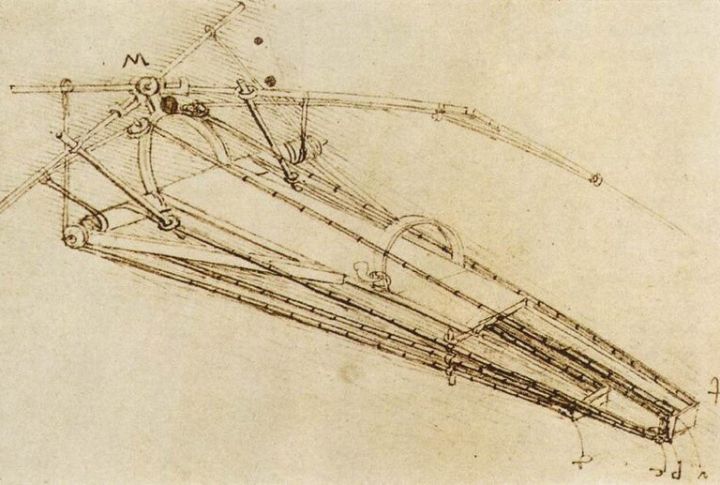
Leonardo da Vinci was far more than an artist—he was a talented engineer, anatomist, and inventor as well. He even dissected corpses to understand the human body and sketched designs for war machines. Despite all that, films frequently portray him as a mysterious painter and overlook his contributions to science as well as technology.
Rome Remained The Cultural Capital
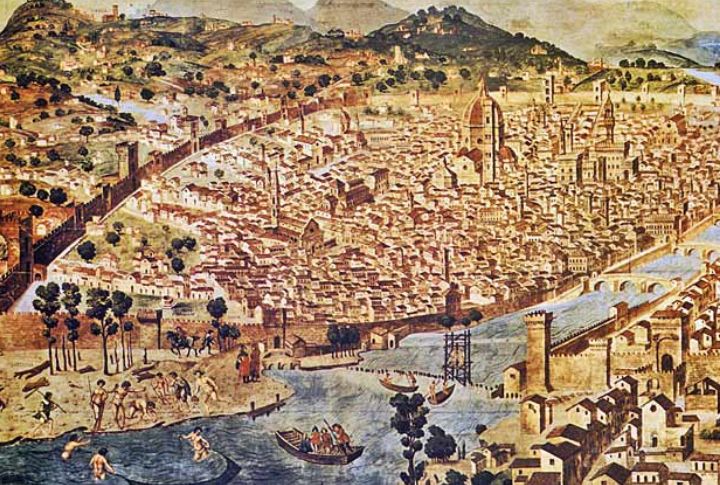
Although Rome was seen as the cultural capital, Florence and Venice were the main centers of art, learning, and innovation during the early Renaissance. On the other hand, Rome’s artistic revival came later, under Pope Julius II in the 1500s. This timeline is widely accepted, but Hollywood routinely centers Renaissance stories only around Rome.
Explorers Used Treasure Maps
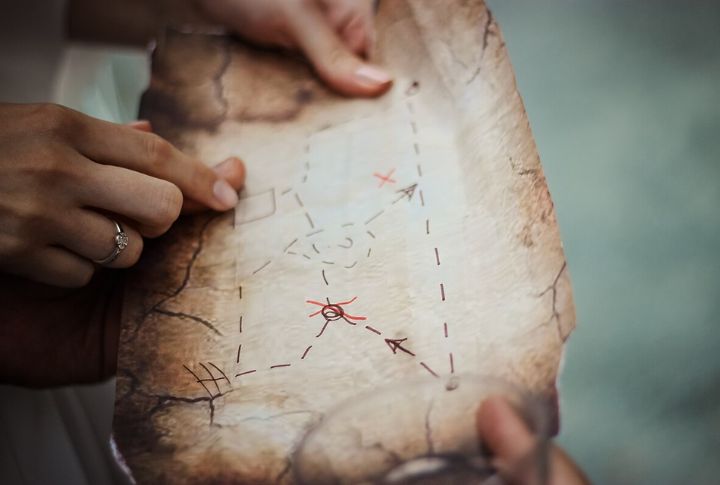
Back then, maps were practical but completely different from the ones we see today. Not only were they inaccurate, but explorers used maps for navigation, not for finding buried treasure marked with an “X.” Such myths distort the true nature of exploration during that time, as the idea of treasure maps and pirates is a product of later fiction, far removed from historical truth.
People Wore Tights
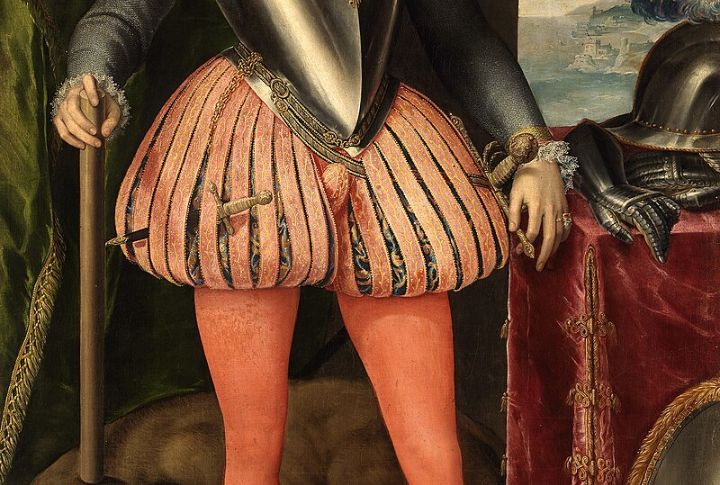
Tights never represented the typical Renaissance fashion. Men wore hose or breeches, richly puffed and slashed to reveal layers of fabric. The classic Robin Hood look is more stage fantasy than historical fact. Many films blur the historical timeline by opting for dramatic costume designs over an accurate representation of the timeline.
Most People Were Artists Or Geniuses
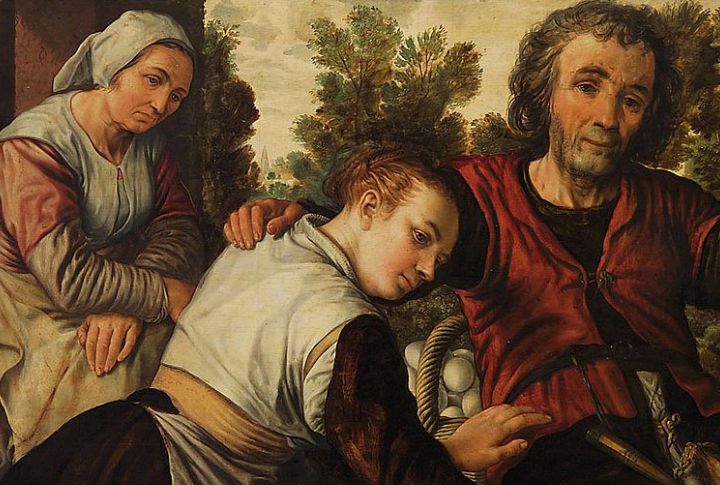
The everyday lives of ordinary working-class people are often ignored, as the media portrays them as a society of philosophers. In reality, illiteracy was widespread, particularly in rural areas, and most of the population consisted of farmers, laborers, or tradespeople. The idea that everyone was an artist or genius is a myth, far from reality.
Renaissance Happened Overnight
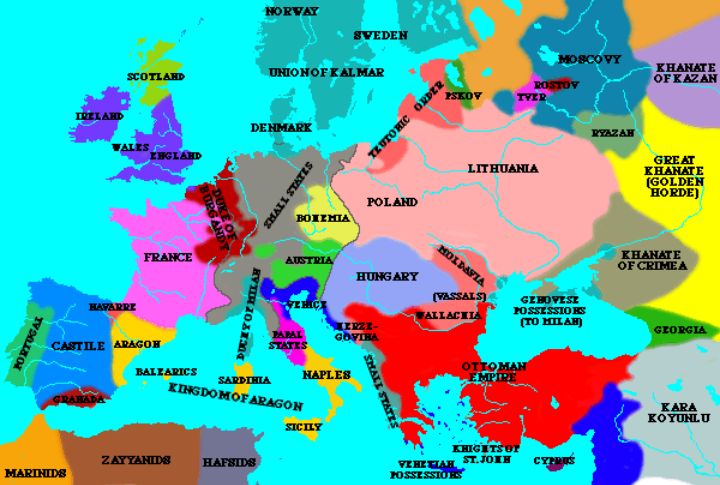
The Renaissance wasn’t an overnight event; a slow and steady cultural evolution that began in the 1300s paved the way for change, and as new ideas began to emerge, a gradual cultural evolution gave birth to the era. However, due to time constraints, films tend to condense this long history into a single moment and end up overlooking the minute details.
Everyone Spoke Italian Or Latin
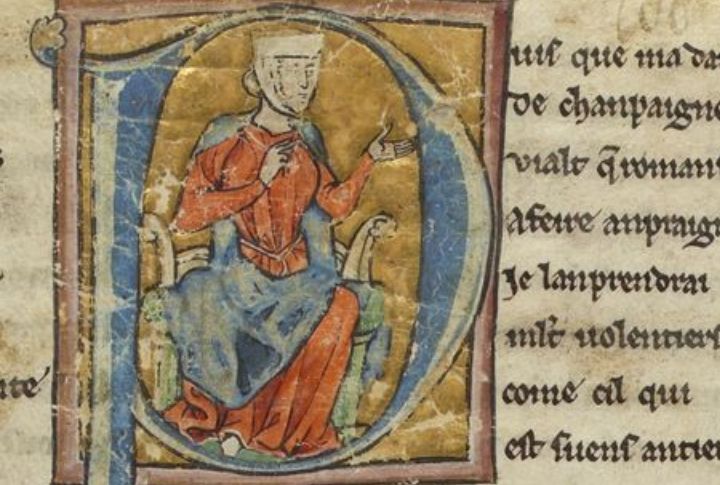
TV shows depicting the timeline frequently suggest everyone spoke Italian or Latin, but this is a misconception. Local dialects, such as Tuscan and Venetian, were far more common. Latin was mainly reserved for the Church and scholars. Interestingly, today’s productions use accented English or “fake Italian,” thereby flattening the region’s real linguistic variety.
Artists Starved In Attics
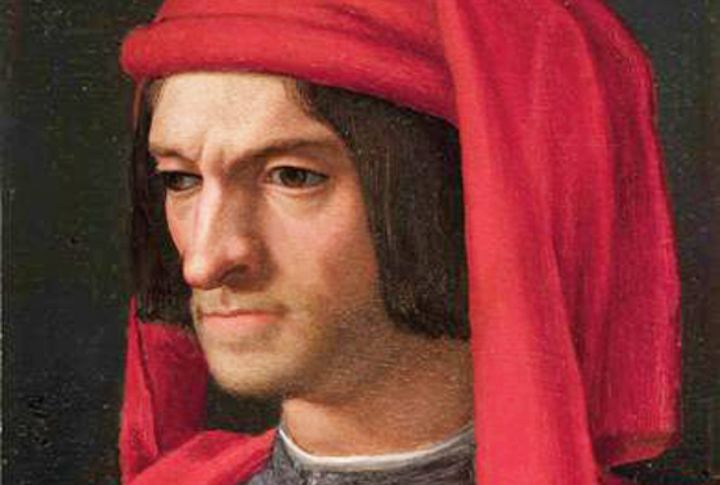
The idea that artists starved in attics during the Renaissance is misleading. Most lived comfortably, supported by wealthy patrons like the Medici who paid generously for their talents. The “starving artist” trope emerged much later in the 19th-century Romantic movement and doesn’t accurately reflect the actual status of most creators from this era.
Science And Religion Didn’t Coexist

Science and religion coexisted during the Renaissance, as many scientists were devout Christians who saw their work as a way to understand God’s order. Copernicus, for example, held a position within the Church. However, the modern portrayals frequently present faith and science as adversaries, thereby misrepresenting the proper relationship of the time.

